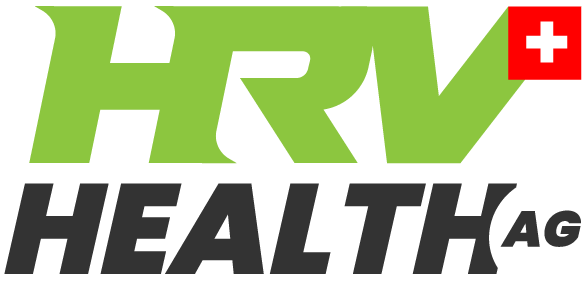I’ve always been able to sleep well, until I couldn’t.
It happened while I was in Vietnam where I’d been living for a couple of years. Vietnam has the second highest road mortality rate in South-East Asia. In a space of six months, I’d seen five, which made my favourite pastime, cycling, a bit of a nightmare. Literally. I started to display the classic symptoms of PTSD, including the inability to sleep, and the nightmares of accidents as they happened to me. They were very real.
Once awake, I’d lie in bed, trying to get back to sleep, getting increasingly frustrated at the prospect of a day battling the wooziness that goes with a poor night’s sleep. At the time I was developing a software platform, the beginnings of what is now the HRV Heath platform, and coding on those days after a poor night’s sleep was impossible.
In desperation I downloaded Autosleep, an Apple Watch app. I was able to see that I was getting some pretty good deep sleep in the early stages of the night, and that worrying about trying to get back to sleep after waking was disrupting the REM sleep phase.
That understanding helped me to relax, and while I still had the nightmares, my sleep improved dramatically.
After moving to Switzerland, I continued to use the app. The nightmares stopped after a few months and my sleep improved accordingly. Then for reasons unknown to me, Autosleep changed the app. It started to register times when I was watching TV as being asleep – and I had been fully awake – not in that semi-dozing state that sometimes happens. I stopped using the app.
By then it had become evident how much sleep impacts HRV, and I decided that I needed to give some other products a try. I bought the Polar Unite, thinking that coming from Polar it must be good. It was not. It also measured my TV time as sleep. Also, sometimes the watch would not record any data at all, suggesting that it need to be more more tightly. I like a tight fitting watch, so wearing it any tighter would have turned it into a tourniquet.
So I abandoned that too, and bought the Amazfit Bio U for all of US$30, and was impressed with the results. Far better than either the Apple or the Polar on the TV test. The problem was the strap, from which I started to develop a rash.
Knowing that their base level watch worked, I upgraded to the Amazfit GTR3. Not only does it pass the TV test, it picks up when I am dozing, and chastises me if there is too much, explaining that it will impact my sleep later.
It gives me a sleep score, and using the breathing techniques set out in Breathing to improve your health my sleep has steadily improved so that I’m ready for the day, every day. With that, my productivity has increased too. The ticks on the task list are evidence.
There are a number of products on the market that profess to measure sleep, and some of them look pretty intriguing[1]Best Sleep Trackers.
While I can recommend the GTR3 as a sleep tracker for its functionality and apps, I cannot advocate it for exercise tracking. The pulse rate is sometimes way out. That could be easily sorted out if they upgraded the firmware so that it links with the Polar heart rate monitor. We live in hope.
Sleep tracking works well if the kit you’re using is accurate. The improvements in my HRV results are proof of that.
Do your research carefully. When reading reviews, see whether the reviewer has compared the results of different products using them simultaneously, and scientifically. Many sleep trackers double as HRV devices, and here it becomes easy to see if the reviewers are doing the tests scientifically.
In most cases, including the one referred to above, they don’t.
References
| ↑1 | Best Sleep Trackers |
|---|
